First, what does a morning meeting look like? For IT/IQ, a morning meeting is an opportunity to follow-up on the previous day’s tasks, assign new tasks, and share any news or information relevant to our team. Regardless of the actual content of the meeting, it serves as a tool for the entire team to regroup and prepare for the day.
A morning meeting plays into the benefits of having a personal morning routine, as detailed by Medium.com. Consider your organization as an individual, and the same sort of benefits will apply to said organization. Some of these benefits are outlined below.

1. Minor Issues Addressed
The morning meeting is a perfect time to address any minor issues your team is facing. There should be a defined scope for the type of issues that can be addressed. Issues should be specific to business operations. For example, “My client is having X issue with our product. Has anyone come across this issue before? And how do I fix it?” By bringing up this issue at the beginning of the day, it can be solved in the morning meeting, or shortly afterwards.
The reason we say “minor” is because major issues will most-likely require debate and extensive problem solving. With a 30 minute time allotment for morning meetings, this type of issue is better served at a different point in the day. For more information on addressing issues in the workplace, check out this link.

2. Collaborative Environment
A stand-up morning meeting or huddle creates an environment of collaboration. By sharing one another’s issues and ideas within a defined framework every morning your team can understand how collectively, they can rectify issues and improve processes.
Essentially, a morning meeting sets the tone for the day by facilitating an environment where tasks can be laid out and issues can be addressed collectively. Check out some other ways you can foster a collaborative environment within your workplace here.

3. Minimized Deviation
Within your morning meeting, outline all the tasks for the day. Check-in with your various teams, gain feedback on their project progress, and agree on a goal for their day. This gives them an idea of where they should be, and where the organization is headed given the current pace of productivity. Not only can you outline tasks for specific teams, but for your entire team.
For more information on how to keep your team focused, Asana has some handy resources here.

4. Team Alignment
Once everyone has an idea of their tasks, how they plan on tackling those tasks, and the expected outcomes, they can see how their tasks align with the underlying business’ goals. It helps if these goals are quantified.
For example, if your goal is to generate new clients from a product release, quantify that goal with a target number of new clients. With this type of goal conveyed to the team, everyone knows exactly where they need to be respectively, to reach it. Additional resources on how to align your team are here.
![]()
5. Accountability
Given the fact that everyone has a firm idea of where they need to be, and where the organization needs to be, the team can hold itself accountable to reach its goals. This is especially effective if you host a morning meeting, every morning.
Harvard Business Review has some additional tips for holding yourself, and your team accountable.
If your business could use better alignment of tasks, or a more collaborative feel, consider daily morning meetings as a potential solution. It does take away from working hours but it will almost-definitely make up for the loss with better quality of working hours remaining. For more information on how we help our clients, check out our client services page.


